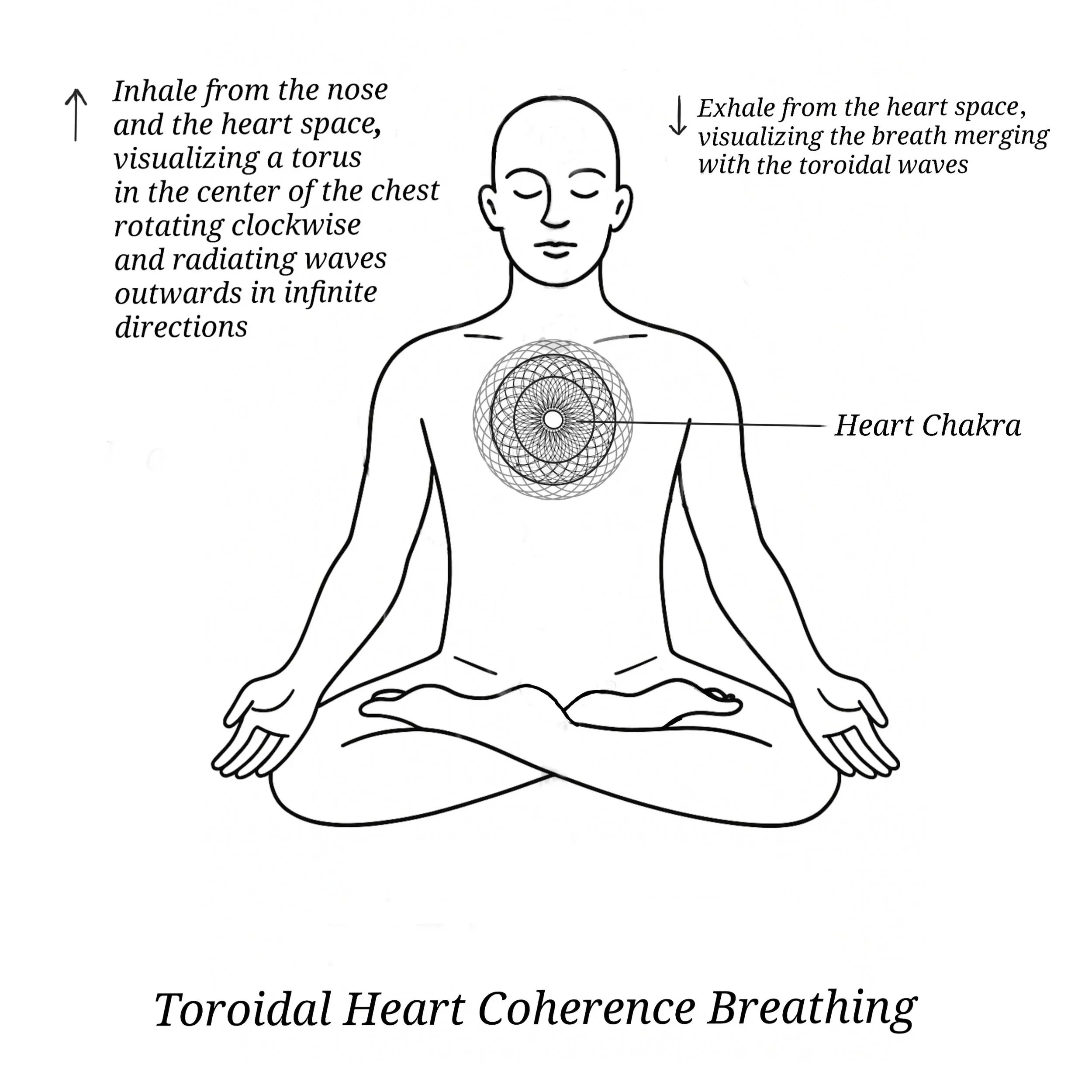Gravitas
I slipped and fell on a hike with my kids— and landed on a semi-coherent theory of this three-dimensional experience we’re sharing.
Being out in nature with loved ones is my favorite thing. I used to take loads of photos and videos on my phone when I was out in the wild and post them on the internet so people could see what I saw. These days, I mostly leave the phone in my backpack and stay fully present.
I camp, kayak, bike, snorkel, rollerblade, and love long walks on the beach. But hiking — especially on challenging trails with river crossings, bridges, steep switchbacks, ropes, ladders, boulder scrambles, predators, and other gnarly stuff — is my absolute favorite.
Until recently, I couldn’t share my love of hard hiking with my two boys, who are now twelve and (almost) nine. Bless their hearts, half the time they’d tap out before the stomp hardly got started.
On a recent, unseasonably warm fall day when school was out, I took my boys on a classic local trail they could manage, even as littles, that features a 200-step stone staircase, a rushing creek, several bridges, a mini boulder scramble, and a 53-foot urban waterfall. It’s crunchy enough to keep me interested and short enough that they don’t complain—at least not until the hike is almost over.
But something shifted on this one. For the first time, I was the one who couldn’t keep up. My boys darted in and out of deer trails; they zipped ahead and reappeared from the brush like multidimensional shapeshifters moving in fast motion while I plodded along like the middle-aged man that I am. In those moments, I felt some of my life force energy transfer to them on a soul level, and I couldn’t have been happier. We’re already planning a Colorado adventure for next summer to tackle tougher trails.
The exact moment when I fully accepted that I couldn’t keep up came when we encountered a downed branch in the middle of the trail that was too high to climb over, and too low for me to duck under like my oldest, who’s about 5’5”. I’m roughly 6’4” in socks, I have gimpy knees, and I should have known better than to try to duck under that branch. But I tried anyway because getting down on all fours in the fresh mud would have slowed me down, and I desperately wanted to keep up with my kids.
While attempting a modified limbo-style duck, my knees wobbled and I thought, “I don’t think I’m gonna make it.” Sure enough, gravity did its thing, and I toppled down like Frazier, my hands plunging into the gooey mud below to narrowly avoid a faceplant.
As I hit the ground, a thought popped into my head: consciousness manifests on the physical plane as gravitational force. While gravity had bested me to remain undefeated, I was nonetheless grateful for the insight, which pointed to why a room’s vibe can feel heavy or light, why some folks’ energy draws us in, and others’ pushes us away.
Ancient mystics have known for millennia that our thoughts—which exist on non-physical planes of existence also known as spiritual realms or ethereal dimensions—mold reality on the physical plane of existence.
The Buddha put it plainly: “Our life is shaped by our mind; we become what we think.”
I’m not claiming that positive thinking would have let me slip under that branch in the trail without eating mud. But thinking negatively didn’t give me a chance.
Our thoughts carry energy that vibrates as waves and thus exerts gravitational force. Most of us generate minimal force, but like mythic gods, our minds nonetheless impact the field that shapes reality. Put another way, we humans bend gravity, the invisible force that organizes everything in this three-dimensional experience we’re sharing.
Picture a stone dropped in a pond, and the ripples that radiate outward from the drop point all the way to the pond’s edges. Likewise, our thoughts, even fleeting ones, send waves through the gravitational field. But that field isn’t a pond with edges, as gravity goes on to infinity and touches everything in the cosmos.
From the smallest subatomic particles to galaxies so big they don’t even fit inside the known universe, our thoughts are entangled with everything. With every thought, we literally shape reality.
It isn’t new-age mumbo jumbo to say we’re connected to everything. It’s a scientific fact, and like the rug in The Dude’s crib, it’s gravity that ties everything together. Everyone senses this connection on a soul level, and gravitational forces are what we’re tuning into, as everything in the cosmos has its own gravitational field. Spinning through space in gravitational harmony, celestial bodies like stars and planets possess massive gravitational fields and are the most significant influences on our behavior, which is why astrology is a real science.
Human beings’ ability to think abstractly differentiates us from the rest of the animal kingdom. Thinking is a byproduct of consciousness, which reveals why consciousness, not thinking, is our species’ evolutionary niche in nature. Over eons, the human brain evolved to allow us to tune into consciousness, which exists as a non-physical field outside of the body. Just as a physical phone taps into a small slice of the invisible internet, the human organism taps into a small slice of the ethereal field of consciousness, which some physicists like Nobel laureate Max Planck describe as the foundational fabric of reality. And as a phone that loses power cannot access the internet, when we die, the biological organism loses access to its share of consciousness, and awareness flows back into the infinite, unified field from which it came.
While alive, our access to consciousness allows us to bend gravity—to create!—and become co-authors of our own destinies alongside the divine. This is why, when the quality of someone’s consciousness is high and carries influence, we say that they possess “gravitas.” And we aptly describe our unique ability to transcend the laws of gravity, overcome inertia, and create our own reality as “free will.”
Consciousness is humans’ niche in nature the way a great white shark’s niche is apex predation. As sharks refined hunting to the max over eons, so we’re gradually refining the quality of our collective consciousness. Over time, our ability to bend gravity will evolve alongside it, as gravity exists as a form of consciousness on a rougher dimensional plane than pure consciousness. For a three-dimensional analogy, consciousness is to humidity as gravity is to vapor.
Many of us lack the spiritual maturity to tune into even our own personal gravitational fields, and we drift in and out of others’ orbits. Some of us, on the other hand, may intuitively grasp how gravity works but lack the spiritual maturity to manage our personal fields and unconsciously overwhelm those around us. Most of us oscillate between these states, depending on the mood and the moment.
Ancient humans may have consciously used gravity for practical purposes. Perhaps the prehistoric builders of Stonehenge, Göbekli Tepe, and other ancient megaliths did so with conscious gravity-bending—telekinesis technology, if you will—that has since receded during this materialistic age.
In current times, there is a revival of conscious gravity-bending on full display in professional sports, as commentators talk about athletes “bending the gravity” of a game, and the National Basketball Association even measures player gravity as a statistic.
There are infinite ways to raise vibrations, evolve our consciousness, and improve our ability to shape reality. With practice, we’ll activate new neural pathways to trigger new perceptions, information, and impulses. Human DNA recalibrates over the course of a lifetime, and we’ll pass these biological upgrades on to future generations.
A straightforward upgrade we can practice today is to shift the physical seat of self-awareness to the heart by consciously bringing our attention to the center of the chest.
Practice paying attention to the heart throughout the day. Notice its beat. Lightly tap on the center of the chest with both hands to activate the heart space. Visualize something that elicits a high-vibrating emotion like love, joy, or gratitude, and notice how the chest feels warm and expansive.
When the seat of self-awareness—the part of the body we naturally associate with consciousness—stays stuck in the head, it leads to mental fatigue and imbalance. But when we anchor it in the heart, we quiet the mind and restore balance.
This is why athletes calibrate their centers of gravity to achieve peak performance, and why coaches advise players to “stay out of their heads.”
Heart coherence breathing is another simple practice we can use to tune into the gravitational field that connects us with everything:
Δ When not emotionally triggered, pay close attention to the heart and lightly tap on it.
Δ From a seated or standing position with the spine straight, smile and lightly rest the tongue on the roof of the mouth.
Δ Visualize a translucent torus in the center of the chest rotating clockwise and radiating energy waves outwards in infinite directions.
Δ Slowly inhale from the nose and the center of the chest for about four seconds, sending the breath back to the spine, and hold the breath for a moment at the top.
Δ Release the tongue and slowly exhale for about four seconds to empty the breath through the center of the chest.
Δ Repeat for four to nine rounds, paying close attention to the breath.
With practice, we’ll start to notice a subtle tingling move through our chest with our breath. Ancient Stoics such as my spiritual exemplar, Marcus Aurelius, referred to this force as the logos, and others call it prana and aether. Another name for what we’re tuning into is gravity, the stuff that binds everything together. Toruses have mystical properties that supercharge electromagnetism, and toroidal breathing enhances our ability to tune into the gravitational field.
Over time, we humans will use techniques like these exercises to refine our innate spiritual abilities into tools for cooperation, care, and wise creation.
Our species’ destiny is to metamorphose into multidimensional, high vibrational, heart-centered beings. Conscious, whole, and free. A sage compared our spiritual potential to a butterfly, the flowering of a caterpillar beyond its wildest dreams. Homo spiritus is the next phase of our species' cosmic journey.
We’ll harness gravity to develop clean energy, end hunger, curb pollution, and mitigate climate change. We’ll create abundance, a heaven on earth, not unlike the society imagined at the end of Interstellar after Murph “solves” gravity. Only it’ll be here on terra firma, not a space station.
All of that is way off in the future, and I’ll likely be long departed from this three-dimensional experience we’re sharing when the New Earth arrives.
For now, my modest plan is to continue working on myself so I can stay upright and keep up with my kids, bless their hearts.

